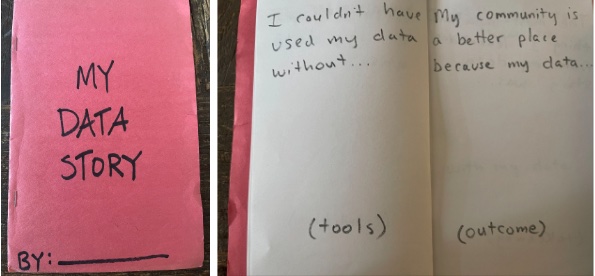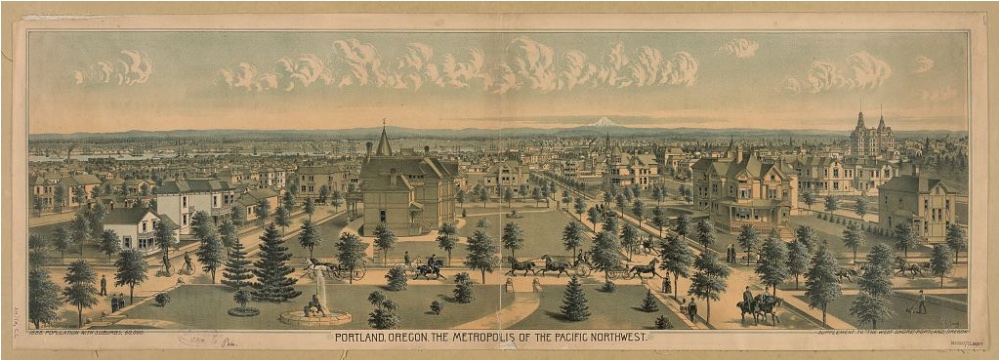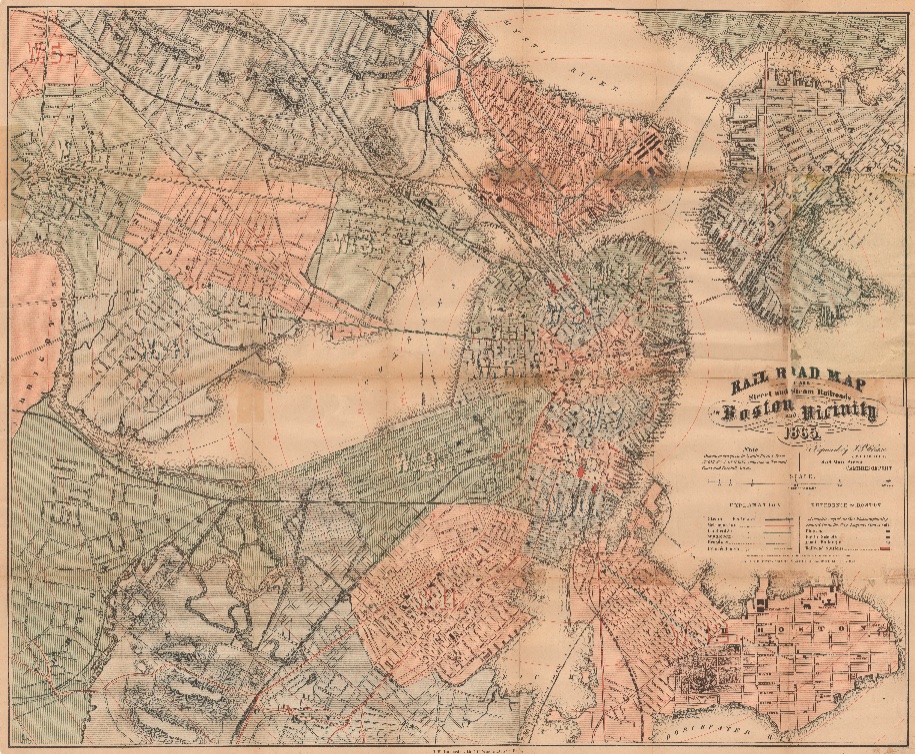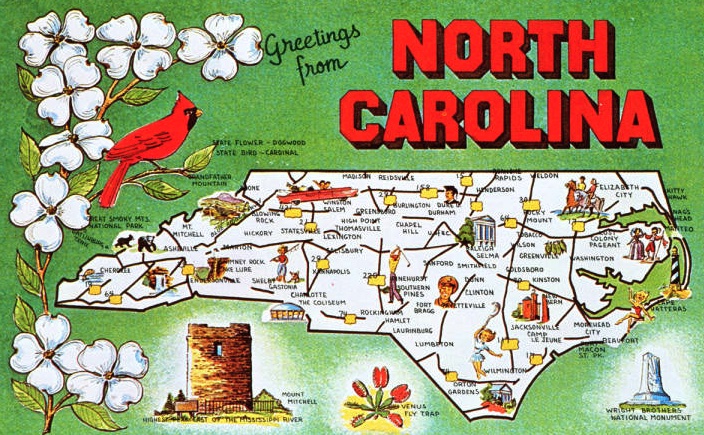On May 22, the Civic Switchboard project team held a community call on “data impact stories,” stories that capture the importance of data to our work and communities and the implications that loss of this data would have. This call was in support of the Data Rescue Project, an initiative that is coordinating data preservation and access efforts for at-risk US governmental data. To illustrate the importance of these datasets to people and communities, the Data Rescue Project is collecting data impact stories.
We realized that many of us have a data impact story, but that working together to surface these stories and develop strategies for recognizing them would be helpful. With this in mind, we gathered as a community of practice of library and civic data workers. Our goal was to co-identify and create strategies to support two guiding questions: How can we locate data impact stories in our lives and work? What are the elements of a data story that demonstrates the human impact of data?
Locating Stories
Participants in the call were from public, government, and academic libraries and from local data initiatives. They identified practical and even surprising strategies for locating data impact stories in our work as intermediaries between people and information about communities.
Understanding the Data: As a starting point, a participant offered that understanding why the data was collected in the first place is an important step for identifying its potential impacts. They encouraged us to ask: “Whose use? Whose question? Whose need? Data is collected in the first place as responses to those uses, although it can then take on a different life of its own.” Another participant shared, “There can also be a good story in designing data collection, if it’s done with the community itself. How did the community identify what to track, and what was behind the choices?”
Asking Additional Questions and Advocating for Storytelling: Several participants suggested asking additional questions through existing relationships and interactions and encouraging storytelling. For example, one participant shared, “For those of us working in data services in an academic setting, if we are holding a consultation or connecting to patrons through a workshop, we can invite them to share how they are using public datasets and to address the questions of 1. Why is that data important to their work and 2. How would their work be affected if that data is removed?.” Another said that they could start conversations with their co-workers in libraries, asking them how data is used to make decisions about library services.
Looking Under the Hood: A participant suggested that we can examine systems that we use (e.g. transit apps) and investigate the government datasets that support them. We can ask ourselves questions about the importance of these tools in our lives.
Following the Citations: A participant suggested that we can leverage indexing services like Google Dataset Search to learn how open data has been used in research.
Finding Stories in Challenges: A manager of a local open data portal shared that he uses instances when things go wrong to learn more about how data is being used. For example, there have been cases when a data user contacts him when there are technical problems with the automated updates of a dataset. The manager provides information about the process for restoring the updates, but also uses this point of contact to ask questions about the user’s applications of the data.
Similarly, a librarian shared that they received communications from users like high school teachers after their library canceled a subscription to a database. They shared: “I think teachers and other public database users have a story to tell as far as advocating for continued use of databases as well as how they tell stories with that data.”
Elements of a Data Impact Story
As a follow-up to brainstorming strategies for locating stories, we collaborated on a list of features of a data impact story. Together, we address:
Process as the Story: Participants shared that a data impact story could tease out human elements from the data lifecycle: the relationships that were built during data collection, use, or sharing, whether and how data collection was designed with communities, and the hidden labor involved in data work.
A Story of Change: A data worker talked about telling a data story that demonstrates impact through a change effect. This may mean capturing a behavioral or decision making shift that is a consequence of data use or a before-and-after scenario (e.g. how a library service changed after using a public dataset to better understand the patron community).
A “Missing Data” Story: Evoking artist and researcher Mimi Ọnụọha’s Library of Missing Datasets, a participant reminded us that a story may exist in the silences and gaps. We can tell a story that captures the implications of the absence of data to people and communities. They shared, “If possible, filling in “gaps” in data — speaking more to what the corpus of available data might be missing and why (limitations of sampling, bias, risk of identification).”
A Focus on People: Participants said to be attentive to the human element of the data impact story by surfacing “the who – who used the data, who benefited from the use of the data.”
Implications of Loss: Reflecting a question asked in the Data Rescue story collection form, participants suggested that a data impact story should consider the implications of not having the data. This, they said, speaks to the stakes.
Next Steps
Our goal was to brainstorm approaches to locate and tell our stories so that we could contribute our data impact stories to the Data Rescue project.
We invite you to reflect on the co-created recommendations from our community of practice and contribute your story to the effort: Public Data User Stories - Data Rescue Project Submission Form
Host your own conversation about data impact stories!
We created a slidedeck to guide our discussion and a collaborative document to capture strategies as a community. Feel free to make a copy and use these materials to guide a discussion in your own organization (or reach out if we can support you in doing so: civic-switchboard@pitt.edu)!
Members of the Civic Switchboard Project Team have also developed other data storytelling resources that can help you to identify data impact stories:
Bob Gradeck at the Western Pennsylvania Regional Data Center at Pitt’s University Center for Social and Urban Research has encouraged individuals to record their data stories on paper. The My Data Story booklet invites people to respond to prompts like “Here’s my story about the time I used data to … [do a thing]”; “The most important thing I learned from my data story was … [takeaway]”; and “I couldn’t have used my data without ….
You can access images of the pages in the My Data Story booklet and adapt for your use in this slide deck: My Data Story

Additionally, Liz Monk at the Western Pennsylvania Regional Data Center at Pitt’s University Center for Social and Urban Research, and former Civic Switchboard team member Eleanor Tutt created Data 101, an open educational resource that can be used for introductory data training. Involving paper-based and low-tech activities, the series includes a “Finding Stories in Data” workshop. Library and data workers can adapt this workshop for training with their patrons, community members, and colleagues.
Comments? Ideas to add? Contact us at civic-switchboard@pitt.edu.



